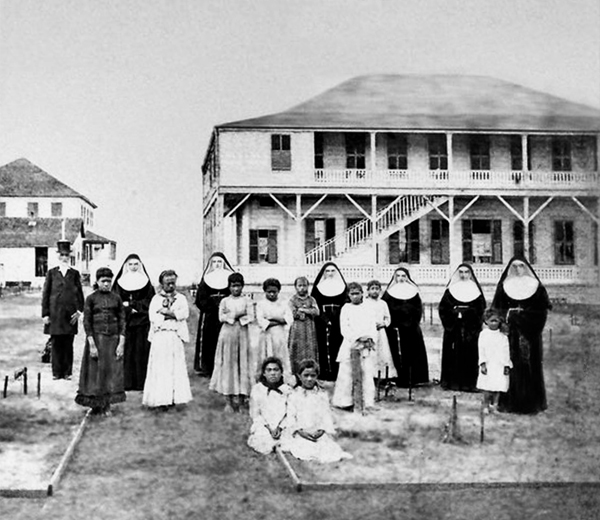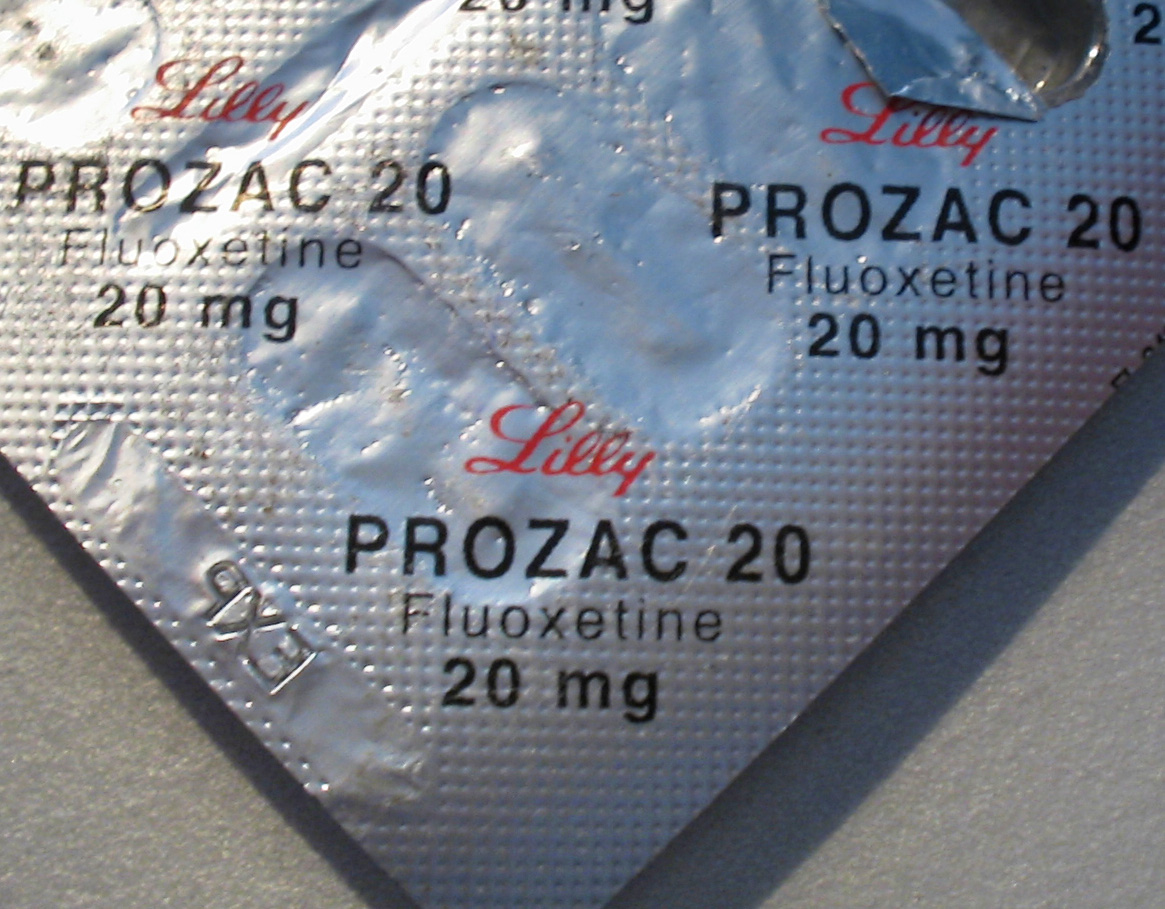|
Jubilee Mission Medical College And Research Institute
Jubilee Mission Medical College and Research Institute is a private, non-profit Christian minority medical college, hospital and research institute located at Thrissur in Kerala, India. The establishment is administered by the Jubilee Mission Hospital Trust, a charitable organization under the Syro-Malabar Catholic Archeparchy of Thrissur, Catholic Archdiocese of Thrissur. History Jubilee Mission Hospital formerly known as the Bishop Alapatt Jubilee Memorial Hospital was established on 17 December 1951 as a small dispensary. In 1952, the hospital began its service with 4 rooms, 20 beds, 2 retired part-time doctors and 2 nurses of the Congregation of Holy Cross, Holy Cross Congregation. Under the leadership of Dr H.S. Adenwalla, the mission hospital grew to 1750 beds and is a major provider of health care services in Kerala. In 1953, Cardinal Eugène Tisserant blessed the first operating theatre. The hospital provides healthcare regardless of caste or creed, or economic status. ... [...More Info...] [...Related Items...] OR: [Wikipedia] [Google] [Baidu] |
Catholic Church And Health Care
The Catholic Church is the largest non-government provider of health care services in the world. It has around 18,000 clinics, 16,000 homes for the elderly and those with special needs, and 5,500 hospitals, with 65 percent of them located in developing countries.Calderisi, Robert. ''Earthly Mission - The Catholic Church and World Development''; TJ International Ltd; 2013; p.40 In 2010, the Church's Pontifical Council for the Pastoral Care of Health Care Workers said that the Church manages 26% of the world's health care facilities. The Church's involvement in health care has ancient origins. Jesus Christ, whom the Church holds as its founder, instructed his followers to heal the sick. The early Christians were noted for tending the sick and infirm, and Christian emphasis on practical charity gave rise to the development of systematic nursing and hospitals. The influential Benedictine rule holds that "the care of the sick is to be placed above and before every other duty, as if inde ... [...More Info...] [...Related Items...] OR: [Wikipedia] [Google] [Baidu] |
National Board Of Examinations
National Board of Examinations in Medical Sciences (NBEMS) is an autonomous body under the Ministry of Health and Family Welfare, Government of India, and established in 1975 at New Delhi as a Society under Delhi Society registration act, to standardizing postgraduate medical education and examination in India. The postgraduate degree awarded by the National Board of Examinations is called the Diplomate of National Board (DNB) for specialty and Doctorate of National Board (DrNB) for superspecialty. The list of recognised qualifications awarded by the Board in various specialties and super-specialties are approved by the Government of India and are included in the First Schedule of Indian Medical Council Act, 1956. The National Board of Examinations conducts the largest portfolio of examinations in the field of medicine in India Examinations The National Board of Examinations in Medical Sciences conducts the following examinations: Entrance exams * NEET-PG for admission to ... [...More Info...] [...Related Items...] OR: [Wikipedia] [Google] [Baidu] |
Critical Care Medicine
Intensive care medicine, usually called critical care medicine, is a medical specialty that deals with seriously or critically ill patients who have, are at risk of, or are recovering from conditions that may be life-threatening. It includes providing life support, invasive monitoring techniques, resuscitation, and end-of-life care. Doctors in this specialty are often called intensive care physicians, critical care physicians, or intensivists. Intensive care relies on multidisciplinary teams composed of many different health professionals. Such teams often include doctors, nurses, physical therapists, respiratory therapists, and pharmacists, among others. They usually work together in intensive care units (ICUs) within a hospital. Scope Patients are admitted to the intensive care unit if their medical needs are greater than what the general hospital ward can provide. Indications for the ICU include blood pressure support for cardiovascular instability (hypertension/ ... [...More Info...] [...Related Items...] OR: [Wikipedia] [Google] [Baidu] |
Clinical Psychology
Clinical psychology is an integration of human science, behavioral science, theory, and clinical knowledge for the purpose of understanding, preventing, and relieving psychologically-based distress or dysfunction and to promote subjective well-being and personal development. Plante, Thomas. (2005). ''Contemporary Clinical Psychology.'' New York: Wiley. Central to its practice are psychological assessment, clinical formulation, and psychotherapy, although clinical psychologists also engage in research, teaching, consultation, forensic testimony, and program development and administration.Brain, Christine. (2002). ''Advanced psychology: applications, issues and perspectives.'' Cheltenham: Nelson Thornes. In many countries, clinical psychology is a regulated mental health profession. The field is generally considered to have begun in 1896 with the opening of the first psychological clinic at the University of Pennsylvania by Lightner Witmer. In the first half of the 20th cen ... [...More Info...] [...Related Items...] OR: [Wikipedia] [Google] [Baidu] |
Cardiology
Cardiology () is the study of the heart. Cardiology is a branch of medicine that deals with disorders of the heart and the cardiovascular system. The field includes medical diagnosis and treatment of congenital heart defects, coronary artery disease, heart failure, valvular heart disease, and electrophysiology. Physicians who specialize in this field of medicine are called cardiologists, a sub-specialty of internal medicine. Pediatric cardiologists are pediatricians who specialize in cardiology. Physicians who specialize in cardiac surgery are called cardiothoracic surgeons or cardiac surgeons, a specialty of general surgery. Specializations All cardiologists in the branch of medicine study the disorders of the heart, but the study of adult and child heart disorders each require different training pathways. Therefore, an adult cardiologist (often simply called "cardiologist") is inadequately trained to take care of children, and pediatric cardiologists are not trained to treat ... [...More Info...] [...Related Items...] OR: [Wikipedia] [Google] [Baidu] |
Biostatistics
Biostatistics (also known as biometry) is a branch of statistics that applies statistical methods to a wide range of topics in biology. It encompasses the design of biological experiments, the collection and analysis of data from those experiments and the interpretation of the results. History Biostatistics and genetics Biostatistical modeling forms an important part of numerous modern biological theories. Genetics studies, since its beginning, used statistical concepts to understand observed experimental results. Some genetics scientists even contributed with statistical advances with the development of methods and tools. Gregor Mendel started the genetics studies investigating genetics segregation patterns in families of peas and used statistics to explain the collected data. In the early 1900s, after the rediscovery of Mendel's Mendelian inheritance work, there were gaps in understanding between genetics and evolutionary Darwinism. Francis Galton tried to expand Mendel's ... [...More Info...] [...Related Items...] OR: [Wikipedia] [Google] [Baidu] |
Biochemistry
Biochemistry, or biological chemistry, is the study of chemical processes within and relating to living organisms. A sub-discipline of both chemistry and biology, biochemistry may be divided into three fields: structural biology, enzymology, and metabolism. Over the last decades of the 20th century, biochemistry has become successful at explaining living processes through these three disciplines. Almost all List of life sciences, areas of the life sciences are being uncovered and developed through biochemical methodology and research.#Voet, Voet (2005), p. 3. Biochemistry focuses on understanding the chemical basis that allows biomolecule, biological molecules to give rise to the processes that occur within living Cell (biology), cells and between cells,#Karp, Karp (2009), p. 2. in turn relating greatly to the understanding of tissue (biology), tissues and organ (anatomy), organs as well as organism structure and function.#Miller, Miller (2012). p. 62. Biochemistry is closely ... [...More Info...] [...Related Items...] OR: [Wikipedia] [Google] [Baidu] |
Anatomy
Anatomy () is the branch of morphology concerned with the study of the internal structure of organisms and their parts. Anatomy is a branch of natural science that deals with the structural organization of living things. It is an old science, having its beginnings in prehistoric times. Anatomy is inherently tied to developmental biology, embryology, comparative anatomy, evolutionary biology, and phylogeny, as these are the processes by which anatomy is generated, both over immediate and long-term timescales. Anatomy and physiology, which study the structure and function of organisms and their parts respectively, make a natural pair of related disciplines, and are often studied together. Human anatomy is one of the essential basic sciences that are applied in medicine, and is often studied alongside physiology. Anatomy is a complex and dynamic field that is constantly evolving as discoveries are made. In recent years, there has been a significant increase in the use of ... [...More Info...] [...Related Items...] OR: [Wikipedia] [Google] [Baidu] |
Anaesthesiology
Anesthesiology, anaesthesiology or anaesthesia is the medical specialty concerned with the total perioperative care of patients before, during and after surgery. It encompasses anesthesia, intensive care medicine, critical emergency medicine, and pain medicine. A physician specialized in anesthesiology is called an anesthesiologist, anaesthesiologist, or anaesthetist, depending on the country. In some countries, the terms are synonymous, while in other countries, they refer to different positions and ''anesthetist'' is only used for non-physicians, such as nurse anesthetists. The core element of the specialty is the prevention and mitigation of pain and distress using various anesthetic agents, as well as the monitoring and maintenance of a patient's vital functions throughout the perioperative period. Since the 19th century, anesthesiology has developed from an experimental area with non-specialist practitioners using novel, untested drugs and techniques into what is now a h ... [...More Info...] [...Related Items...] OR: [Wikipedia] [Google] [Baidu] |
Medical Education
Medical education is vocational education, education related to the practice of being a medical practitioner, including the initial training to become a physician (i.e., medical school and internship (medical), internship) and additional training thereafter (e.g., Residency (medicine), residency, Fellowship (medicine), fellowship, and continuing medical education). Medical education and training varies considerably across the world. Various teaching methodologies have been used in medical education, which is an active area of educational research. Medical education is also the subject-didactic academic field of educating medical doctors at all levels, including entry-level, post-graduate, and continuing medical education. Specific requirements such as entrustable professional activities must be met before moving on in stages of medical education. Common techniques and evidence base Medical education applies theories of pedagogy specifically in the context of medical education. ... [...More Info...] [...Related Items...] OR: [Wikipedia] [Google] [Baidu] |
Medical Records
The terms medical record, health record and medical chart are used somewhat interchangeably to describe the systematic documentation of a single patient's medical history and care across time within one particular health care provider's jurisdiction. A medical record includes a variety of types of "notes" entered over time by healthcare professionals, recording observations and administration of drugs and therapies, orders for the administration of drugs and therapies, test results, X-rays, reports, etc. The maintenance of complete and accurate medical records is a requirement of health care providers and is generally enforced as a licensing or certification prerequisite. The terms are used for the written (paper notes), physical (image films) and digital records that exist for each individual patient and for the body of information found therein. Medical records have traditionally been compiled and maintained by health care providers, but advances in online data storage have led ... [...More Info...] [...Related Items...] OR: [Wikipedia] [Google] [Baidu] |








